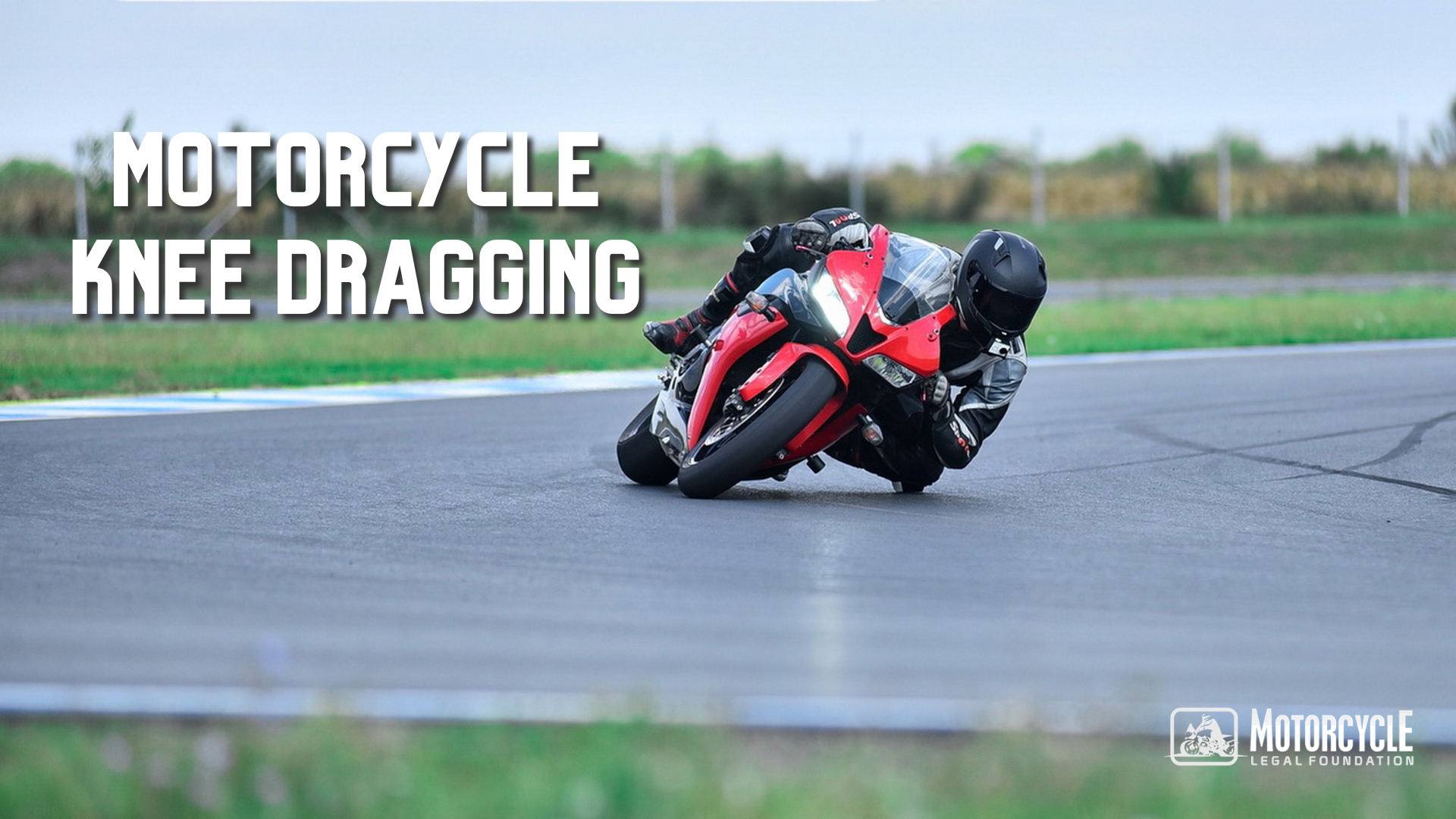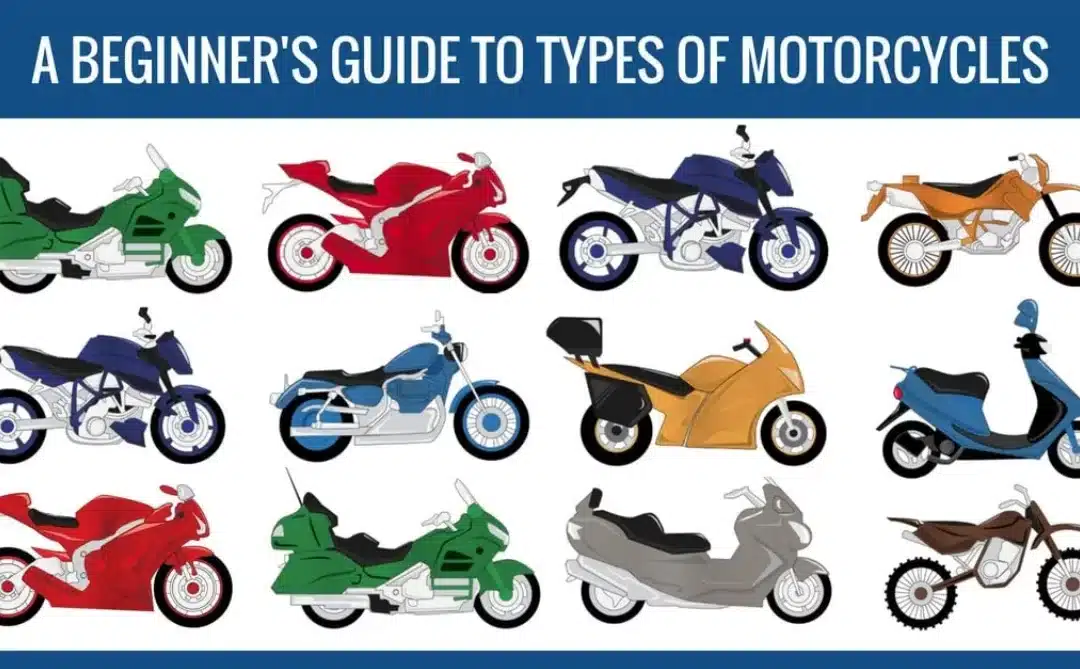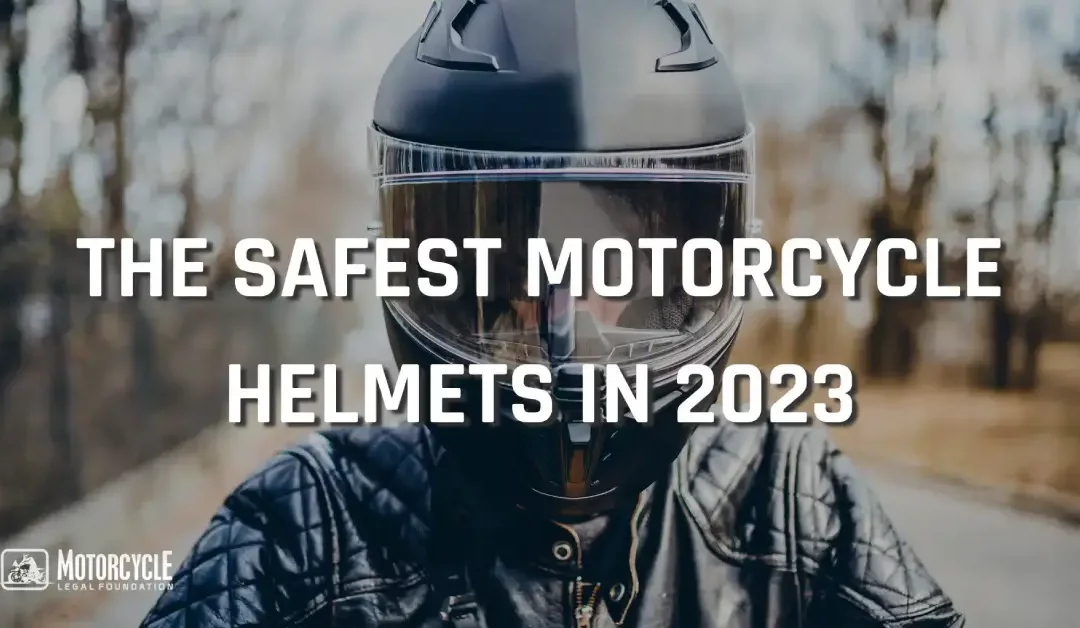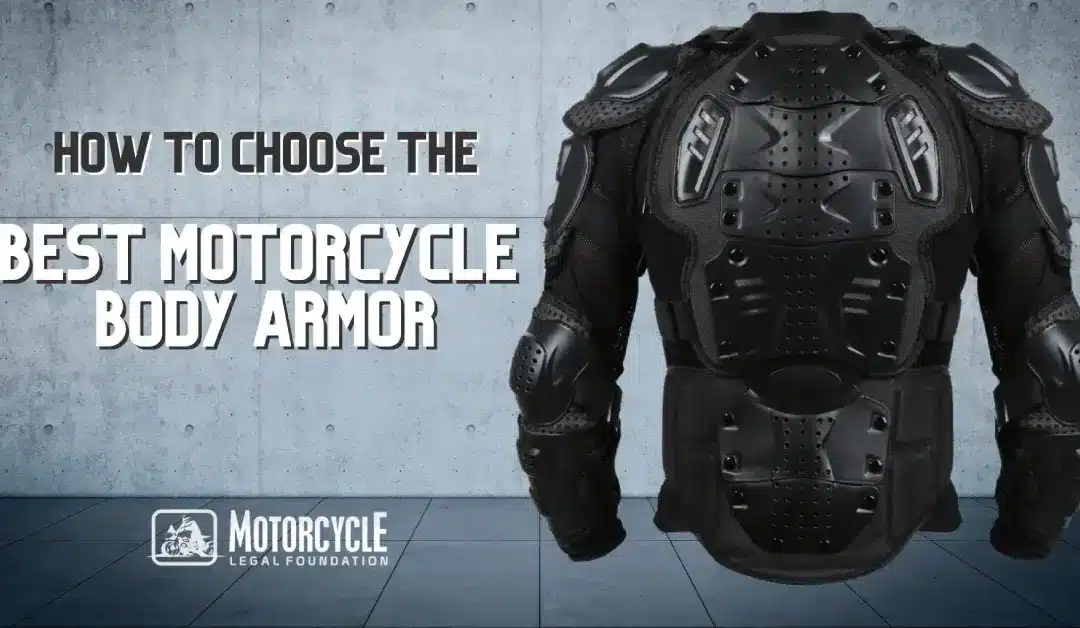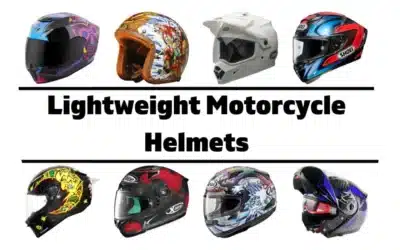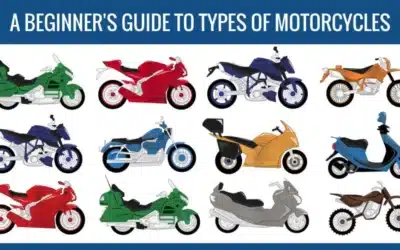Suppose you’re a fan of motorcycle road racing. In that case, you’ve no doubt seen that each racer generally touches a knee down on every corner. While it looks great, it has a practical value because it’s a gauge of distance to the ground. You might ask if that has a practical application away from the closed track, and honestly, it doesn’t. To get your knee down, you need a reasonable rate of speed, a high lean angle, and a good surface providing excellent traction for your tires to grip.
Need Motorcycle Insurance?
Enjoy your ride while feeling safe with the best insurance coverage.
Is Knee Dragging Too Dangerous?
We all know the answer to this and it is yes unless it’s on track in which case I won’t talk much today. Mainly the speed you need to touch the knee on a conventional road is what makes it dangerous, since you need, although not much speed to touch the knee, it is always usually higher than that of the road. It also implies other risks that are usually partially invading the opposite lane or losing room for maneuver. In any case, we must remember that in the event of an accident, we will be the most affected and with a great possibility of having serious injuries.
There is no shortage of the partner who assumes that he is better just because he touches the ground with his knee. This is a half-truth, obviously we cannot take away the merit of having control or mastering a technique that others are not capable of (or do not want to train). When I think if something is worthwhile I always think of a professional, if MotoGP riders do it, it will be because it works. It is clear that if they do it, they get some advantage out of it, but personally, I think that an average user who goes off the road is not going to notice a difference in time for the risk involved. Let’s not forget that sometimes the races end with thousandths of difference.
On an enclosed racetrack, dragging a knee or a knee puck on the ground seems reasonable. A great track surface will hold traction and allow for higher speeds and high lean angles. There isn’t gravel on the surface. There isn’t a guard rail to worry about. There won’t be oncoming traffic to worry about if you run wide through the corner. All those conditions are prevalent on a public road, and you don’t have the luxury of experienced medical staff on standby at a moment’s notice if something happens.
How to Get Your Knee Down?
If you’ve often thought that you wanted to get a knee down but didn’t really understand the physics of it, here are some basics to think about:
- You first need to understand that dragging a knee is really about balance. Yes, it’s a gauge to determine how low you are, but doing it efficiently is finding a balance between speed and lean.
- The lean of the motorcycle needs to correspond to the speed you travel. High lean needs more speed instead of less. To help understand the concept, pretend that you are looking down at a motorcycle going in a circle.
- The circle made by the tires will be larger than the circle made by your helmet because you are leaning to turn. In other words, if the motorcycle is leaning, your head is also leaning to the inside of the turn.
- Next, imagine yourself riding with your arms like wings on an airplane instead of having your hands on the bars. In this theoretical position, your inside hand will be much lower than the hand outside of the turn. Combine this with the appropriate speed, and you can drag a knee successfully.
- As you approach the corner, you want to adjust your body position on the motorcycle. You will also be braking, most likely, so it will take practice to stay braking and be able to adjust your body position simultaneously. You want to be settled for the lean on the motorcycle before entering the corner.
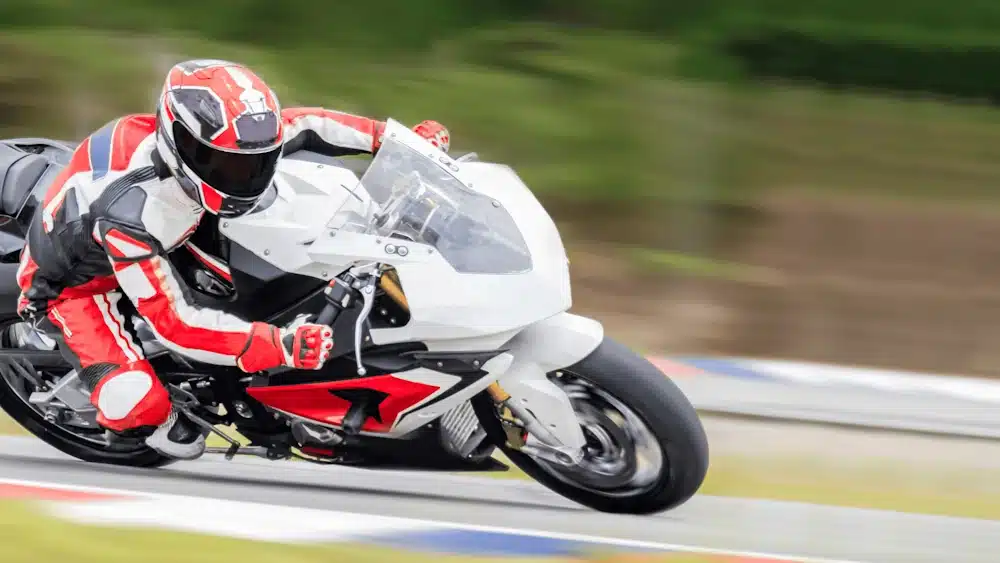
- It would help to have your body shifted to the motorcycle side inside the turn. Your butt crack should be on the edge of the seat, and you need to adjust your position slightly rearward away from the gas tank.
- The outside leg will ride against the gas tank, using it as an anchor point to hold onto for balancing your body.
- Your inside thigh will be pointed fairly straight down toward the ground. Next, you can determine how far to stick your knee out. Your foot position will probably be most comfortable with the balls of your feet at the edge of the footpegs.
- You will look through the corner at your exit like any other turn. As you exit the corner, you’ll be looking far down the road at the horizon.
- You never want to look directly down. It’s always head up, eyes out, and where you want to ride.
- You will slightly bend your arms to where they are relaxed and comfortable. Your elbows will be slightly tucked, not tightly hugging your side, but not sticking out in the air like bird wings.
- As you progress through the turn, you will keep a constant speed, keeping the motorcycle suspension steady and planted to the track surface.
- As you approach the exit of the turn, you can begin to accelerate and straighten the motorcycle upright accordingly as you add speed.
- You don’t have to lean the motorcycle much, if any, from this position, more than you probably do now. However, keep your torso aligned with your hips and core and lean your whole body through the turn. Just remember that more lean requires more speed. So it would be best if you had both and couldn’t lean without the speed. That’s called falling over. And it’s not very much fun.
DO NOT ride outside your ability anywhere, anytime, or speed when you’re around other drivers, pedestrians, or homes.
What Gear and Equipment Do You Need?
We always mention ATGATT religiously, and with touching a knee down, it applies. The main point with touching a knee down is having something between your knee and the ground surface. Most one-piece riding suits have the option of a knee puck coming on them, and most two-piece suits have the hook-and-loop section ready to attach. Of course, a one-piece suit isn’t required, so remember that you want the puck regardless of the suit you’re wearing.
Beyond the suit, the type of motorcycle you’re riding can significantly impact what you can easily accomplish. For instance, a sports-type motorcycle typically has higher footpegs and a sporty seating position to allow you to adjust your position to extend a knee out. Something like a cruiser, with low footpegs and a more relaxed riding position, may drag the footpegs before you lean the motorcycle over enough to drag a knee.
Want to Feel Safe on the Road?
It's not just a motorcycle, it's your passion. Protect it with insurance
You can learn to overcome the challenges of dragging a knee on a cruiser, but getting there will be tough. The middle ground may be a sport-touring motorcycle. You can drag a knee easier than on a cruiser, but it may be more complicated than a true sportbike.
The motorcycle type is also just a component of dragging a knee with confidence. The suspension, ground clearance, and tires on a motorcycle can help or make it challenging to drag a knee.
The motorcycle suspension needs to provide a balance when leaning over at speed. Cruisers and touring motorcycles typically have a softer suspension that may not provide excellent rider feedback when leaning over.
Ground clearance must be a concern because you don’t want to drag a footpeg, kickstand, or exhaust on the ground when leaning over. Anything touching the ground may relieve some of the traction the tires provide and cause them to lose grip. And mentioning the tires, a hard-touring tire may not hold well at speed. In contrast, a grippy sports tire will provide much traction when leaned over with a minor contact patch touching the ground.
Where Should I Practice Dragging a Knee?
I hope the obvious answer to the question of where is easily on a closed course and not on public roads. A race track or closed course should have reduced or no traffic benefits, including other motorcyclists coming toward you or traveling in the same direction. There won’t be any other cars or big trucks to worry about. The best reason is safety. An adequately closed track won’t have barriers, poles, and other obstacles that you can quickly come into contact with. An ambulance with trained medical staff should be on standby if needed for any reason. If you don’t feel those reasons are enough, consider the legal implications of rising above your limit. Property damage (whether that’s yours or someone else’s property) and tickets from the police can become quite costly.
If you do choose an open public road for a bit of practice, be sure to opt for one with little to no traffic and bring a friend so they can be on the lookout for oncoming traffic. They can also be on standby if something happens and you need someone to call for help. Be aware of your surroundings, so a winding mountain road with a significant drop-off may seem tempting but provides a risk if something happens. It may also not have cell phone service and be far from a responding medical unit.
Takeaways
If you decide that learning to drag a knee is something you want to accomplish, I do not recommend getting a knee down on a public road. The reward of getting a little badge of honor isn’t worth the risk required to achieve it. Remember to wear safety gear if you don’t have a knee puck. This way, you avoid getting injured, which can result in a trip to the doctor or, worse, the hospital.
If you decide that dragging a knee is something you want to accomplish, do it safely with the proper equipment and safety gear in an enclosed space. Have fun and safe riding!
Best Sport Motorcycle Gear of 2022
Shop Now
Have You Been Involved In A Motorcycle Accident?
Our professional legal team screens submissions and assigns cases to some of the best motorcycle lawyers in the US.

